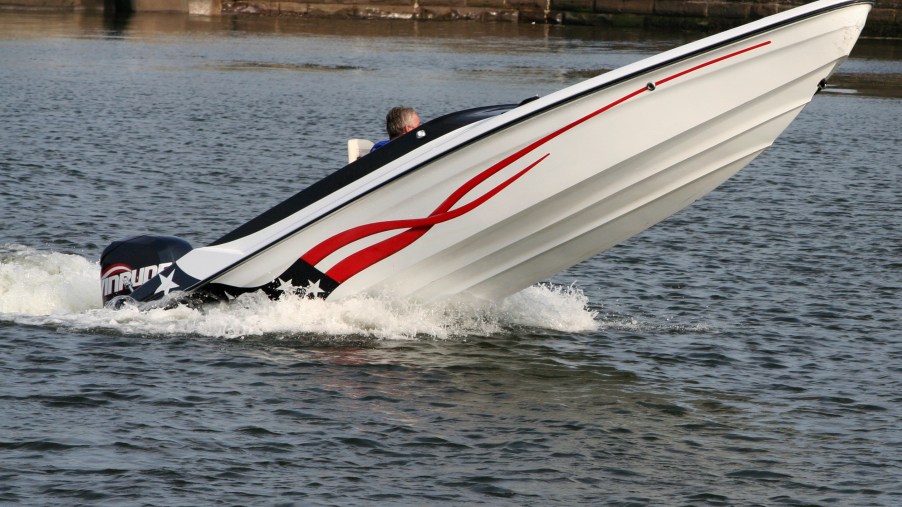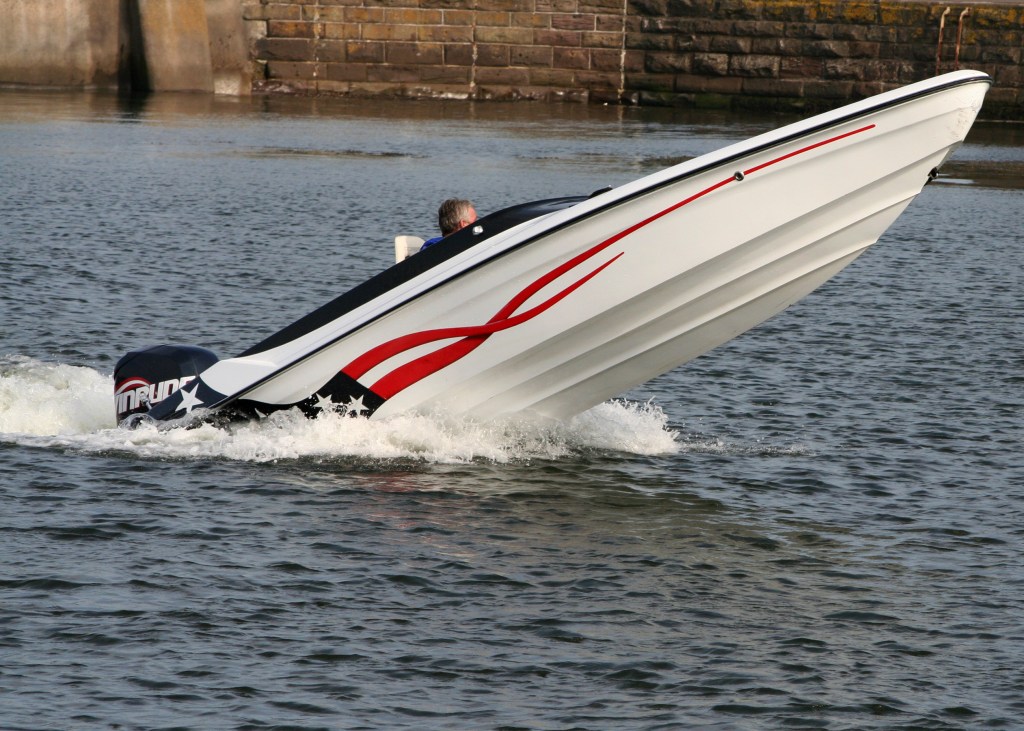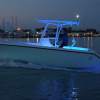
Why Do Boats Have Paint on the Bottom?
If you live near a body of water, a boat is a great way to spend some quality family time. Because of their resale value, buying a boat can also be a decent investment. However, you should be prepared to put a decent amount of cash into your boat, because it never pays to be cheap. Protecting your investment includes regular maintenance, including painting the hull or bottom of your boat.
What is the purpose of bottom paint on a boat?

Regardless of whether your boat is wood, aluminum, steel, composite or fiberglass, the environment where the bottom of your boat typically resides poses some significant threats to the hull material of your boat. Constant exposure to water has a different effect on each of these materials if not protected by the right type of paint. More damaging to your boat’s hull than water, are the water-borne organisms like algae, barnacles, mussels, etc., which attach to it. These organisms decrease the speed and performance of your vessel as well as threaten the service life of your boat if it is kept in the water for extended periods of time.
When people refer to bottom paint on a boat, they typically refer to a specific kind of anti-fouling paint specifically designed to prevent the growth of the organisms that can cause damage to the hull of your boat. Anti-fouling paint typically has a flat, dull finish, but those who typically don’t have issues with organism growth can use a gelcoat or other top-finish paint on the hull. That said, only anti-fouling paint will limit or eliminate organism growth on a boat’s hull.
There are two main categories of paint used for painting boat bottoms
The paint used for protecting boat hulls includes two categories or types of paint: hard bottom paint and ablative bottom paint. In each of these categories are a wide range of variations, making for a vast selection of products and brands. However, all anti-fouling bottom paint for boats has the primary characteristics of one or the other of these two types.
Hard bottom paint is a hard-modified epoxy, which include epoxy resins or polyepoxides designed to be resistant to rust and chemical corrosion. It is very durable and extends the duration between bottom paintings when used on boats that spend a lot of time in tranquil water or water with gentle current/tide movement. Additional pesticides, like copper, are a common characteristic of hard bottom paint, but as the paint oxidizes over time, it becomes less effective at combating organism growth, which is why it is not typically used on boats that are stored out of the water for long periods of time or see a lot of trailer use.
Owners with boats that see a lot of trailer use or are stored out of the water prefer ablative boat bottom paint. Known as self-polishing bottom paint, ablative paint is softer and allows for coating wear at a controlled rate. Wear occurs with water movement and continues to polish itself, which exposes new, unoxidized paint. On the trailer, the paint oxidizes, but when placed in the water, the oxidized ablative paint starts to wear, exposing a fresh outer coating with active protection against water-borne organisms. This type of paint is higher tech and usually lasts longer than hard bottom paint when the boat spends more time out of the water than in it.
Boat bottom paint adds to boat performance and longevity
Every boat owner wants his or her boat to look great above the waterline, but its condition below the waterline can have an enormous impact on how your boat performs as well as how long it lasts. Regardless of whether your boat spends more time in the water, in storage or on a trailer, the right type of bottom paint on your boat is an important part of maintaining the longevity, performance and value of your boat.


